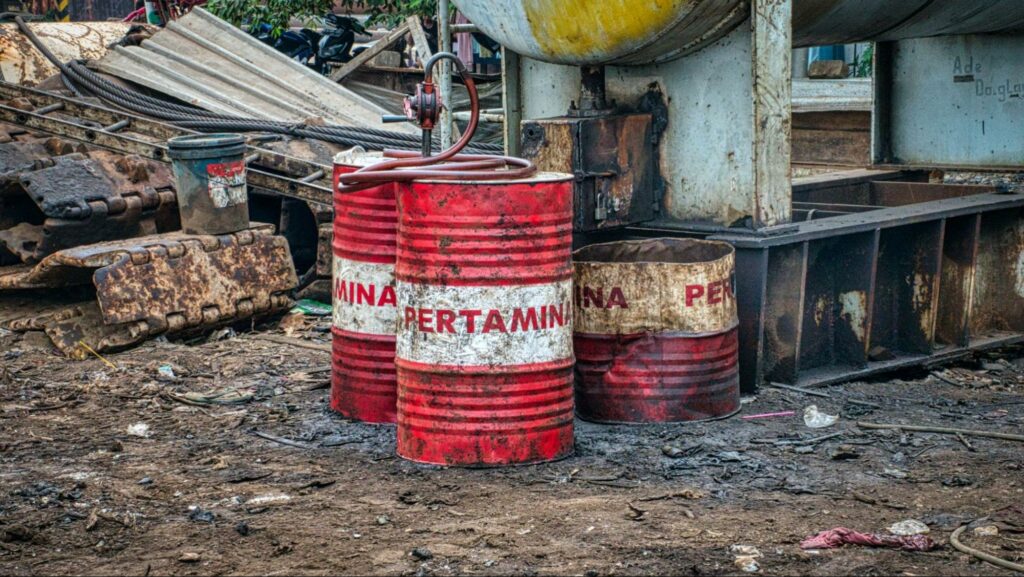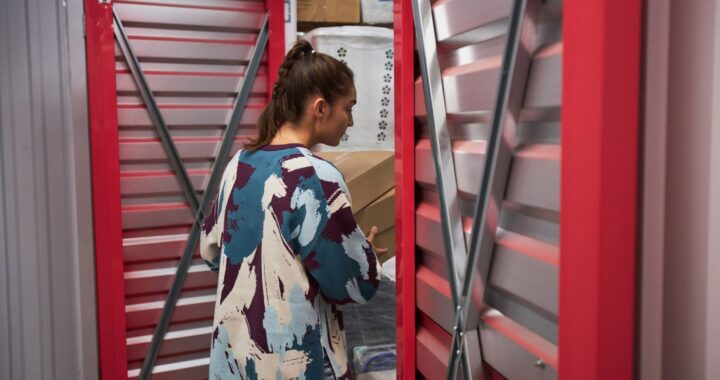
How An All Hazards Approach Affects Preparedness By Allowing Communities
An All Hazards Approach Affects Preparedness By Allowing Communities
When it comes to community preparedness, an all hazards approach is a game-changer. As an experienced blogger, I’ve seen firsthand how this method can transform the way communities respond to emergencies. It’s not just about preparing for a single type of disaster, it’s about being ready for anything that might come our way.
The all hazards approach is a comprehensive strategy that addresses a wide range of potential threats. From natural disasters like hurricanes and floods, to man-made crises such as terrorist attacks or chemical spills, this approach ensures that communities are equipped to handle any situation. It’s about more than just having an emergency kit and an evacuation plan; it’s about building a resilient community that can withstand any challenge.
So, how does this approach affect preparedness? By focusing on a broad spectrum of potential hazards, it enables communities to be proactive rather than reactive. It encourages a deeper understanding of the risks we face and fosters a culture of preparedness that permeates every aspect of community life. In a world where the unexpected is becoming the norm, an all hazards approach is the key to staying one step ahead.
An All Hazards Approach: Affecting Preparedness in Communities
Incorporating an all hazards approach into community preparedness plans can lead to tangible improvements. It’s a strategy that ensures we’re ready for a wide array of potential threats. From natural disasters like floods and hurricanes to man-made crises such as cyber attacks or chemical spills, an all hazards approach covers it all.
Three major advantages of this approach are:
- Proactivity: It allows communities to act before a disaster strikes, reducing potential damage. Preemptive measures like evacuation plans, emergency supply kits, and community training can save lives.
- Versatility: It prepares communities for various types of threats, not just the ones they’re most likely to face. This versatility can mean the difference between resilience and disaster.
- Culture of preparedness: It fosters a culture where preparedness becomes second nature. People know what to do in an emergency, making the community safer overall.
But the all hazards approach is more than just a plan. It’s a mindset that permeates every aspect of community life. It involves everyone—from local government to individual households—in the process of creating safer, more resilient communities.
In my experience, communities that embrace this approach are often better equipped to handle emergencies. They’re not just reacting to disasters—they’re anticipating them. They’re not just surviving—they’re thriving.
The all hazards approach is a key tool in our preparedness toolbox. It’s the foundation upon which we build our resilience. As we continue to face an increasingly unpredictable world, it’s clear that this approach is more important than ever.
Definition and Purpose of the All Hazards Approach
When we talk about the All Hazards Approach, we’re discussing a strategic model that prepares communities for a broad spectrum of possible threats. These can range from natural disasters like hurricanes and earthquakes to man-made crises such as terrorism or technological failures.
This approach doesn’t just prepare for the most likely threats, it’s designed to be flexible and versatile, allowing communities to respond effectively to any potential hazard that may occur. This is because the main objective of the All Hazards Approach is to foster a proactive stance towards threats. It aims to get communities ready to act before disaster strikes, reducing potential damage and enhancing community resilience.
Benefits of the All Hazards Approach
The All Hazards Approach provides numerous benefits to the communities that adopt it.
- Fosters a culture of preparedness: It’s not just about preparing for specific threats, but also about creating a mindset where preparedness is second nature. This means that communities are not just reacting to disasters, but anticipating and preparing for them.
- Versatility: This approach is designed to handle a wide array of threats. It’s not limited to one type of hazard, but covers a broad spectrum. That’s what makes it so valuable in an increasingly unpredictable world.
- Reduced potential damage: By acting proactively, communities can minimize the impact of disasters. This can result in less damage to properties, infrastructure, and most importantly, less threat to human life.
- Enhanced Resilience: Prepared communities are resilient communities. By adopting the All Hazards Approach, communities are better equipped to recover and rebuild after a disaster strikes.
The All Hazards Approach is more than just a tool in the preparedness toolbox, it’s the foundation upon which effective disaster management is built. In the face of uncertainty and unpredictability, it allows communities to stay a step ahead, ensuring they’re always ready to face whatever comes their way.

Implementing the All Hazards Approach in Communities
It’s clear that the all hazards approach plays a pivotal role in community preparedness. By preparing for a myriad of potential threats, communities can act proactively and mitigate damage. This strategy cultivates a culture of readiness that bolsters community resilience. Its versatility is its strength, able to adapt to various hazard types. In a world where predictability is scarce, the all hazards approach is a beacon of security. When communities adopt this approach, they’re not just preparing for disaster—they’re preparing to bounce back. It’s about more than survival—it’s about recovery and rebuilding. This is the true value of the all hazards approach to community preparedness.





